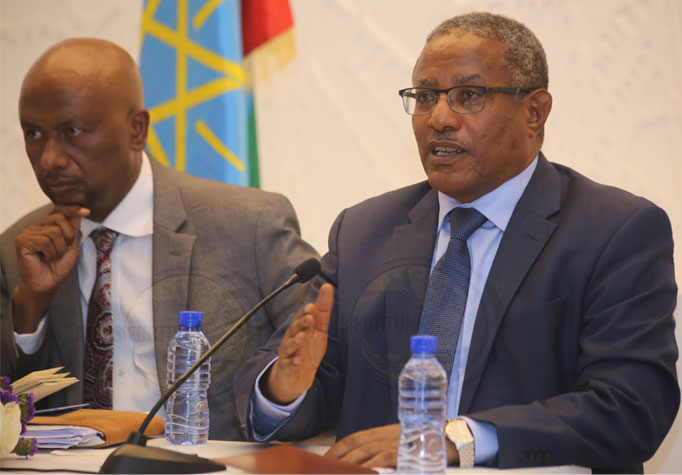
Fortune News | Mar 03,2020
Dec 28 , 2019
By Frangton Chiyemura (PhD)
With China's increasingly dominant position as the major infrastructure development financier in Africa, there is growing unease and concern that African countries may be naive in their negotiations with the Chinese. Is Ethiopia one of them? Not really, argues Frangton Chiyemura (PhD) (frangton.chiyemura@open.ac.uk and Twitter @fchemura), a lecturer at the Open University, U.K. He conducted extensive research on Chinese financing and development of wind energy infrastructure in Ethiopia using the Adama wind farms as case studies.
Many people think that China dominates decision making processes when dealing with African countries. Such perceptions partly come from China’s role as a leading financier and contractor of infrastructure projects in Ethiopia.
Especially with the announcement of the Belt and Road Initiative by President Xi Jinping in 2013, Western institutions and think tanks fear that China will trap Africans in debt. Can Ethiopia effectively negotiate infrastructure financing and development with China?
But the ability of the Ethiopian government to shape and influence their interactions with the Chinese in infrastructure projects is more complicated than ordinarily assumed. This is because negotiation and implementation of mega infrastructure projects involve multiple stakeholders with competing interests and agendas.
To try to understand these processes, in 2017 and 2018, I interviewed 116 Ethiopian government officials and employees of Chinese enterprises who were involved in the Adama I and Adama II wind energy projects.
In Ethiopia, about 70pc of the population do not have access to electricity, and yet electricity infrastructure is critical for social and economic structural transformation. It contributes to economic growth by powering industries and reduces poverty by enriching the lives of the beneficiaries of the electricity services. Investing in these wind farms is seen in particular by the Ethiopian government as a way of sustainably addressing this challenge.
It is not just a matter of investing in this electricity infrastructure that matters, there should be an assurance that these projects are delivered in efficient and sustainable ways to ensure maximum benefit to the people. As such it is important to understand the structure, the brokering, the negotiations, the financing terms and conditions, the management and the implementation modalities of these deals.
In 2009, the then Ethiopia Electric Power Corporation (EEPCo) - since split into Ethiopia Electric Power and Ethiopia Electric Utility - awarded HydroChina Corporation and China Geo-Engineering Corporation Overseas Construction Group a joint venture on an engineering, procurement and construction (EPC) contract, including financing, in which the Export-Import Bank of China provided 85pc of the 117.5 million dollars for the 51 MW Adama Wind Farm. The remaining 15pc was covered by the government of Ethiopia.
In 2012, EEPCo awarded the same Chinese enterprises another EPC contract to construct Adama 2 with an installed generation capacity of 153 MW. Again, Export-Import Bank of China covered 85pc of the 345 million dollars, and the remainder was covered by the Ethiopian government.
Using case studies of the two wind farms, I found that the Ethiopian government was able to shape and influence the planning, negotiations and implementation framework of the two wind farms in the following ways.
The Ethiopian government planned for these two projects way back in 2006 before the Chinese got involved in the projects as demonstrated by their inclusion in the first and second Growth and Transformation Plan.
Also, the Ethiopian government requested concessional loan financial assistance from the Chinese government. Through the coordinated effort of the Ethiopia-China Directorate in the Ethiopian Ministry of Finance & Economic Cooperation, my study reveals that the Ethiopian government negotiated a favourable two percent interest rate and a loan repayment plan of 13 years following a grace period of seven years. This amounts to a 20-year loan maturity period.
Although the Ethiopian government negotiated and pushed for the use of engineers at three Ethiopian universities as project consultants in the two projects, they had no previous structured experience of undertaking such work. This shows that regardless of the industry expectations of using experienced consultants, the Ethiopian government defied the odds and resisted the Chinese demands of using experienced Chinese consultants.
The Ethiopian government pushed for the use of local Ethiopians as labour. Employment data I gathered during my research trip in Ethiopia shows that more than 76pc of the workers on the wind farms were Ethiopians.
For Adama 1, employment statistics I obtained from the respective offices state that a total of 1,100 personnel were employed, out of which 800 were Ethiopians, and 300 were Chinese or other expatriates. For Adama 2, the total labour force was 1,480, out of which 1,200 were Ethiopians, and 280 were Chinese or other expatriates. This finding is significant and challenges the existing assumptions that the Chinese often bring Chinese workers for their contracted infrastructure projects in Africa.
Using the December 2011 exchange rate of 17.3204 Birr to the dollar, unskilled workers earned between 600 Br (34.60 dollars) to 1,000 Br (57.73 dollars) per month. This was in addition to the food and shelter provided by Chinese enterprises. If we could factor in these other costs, the total salary figure goes up.
Although the majority of the workers on the two wind farms were Ethiopians, I found that the top management and related technical positions were dominated by the Chinese. This is because foreign firms, including the Chinese, tend to place their expatriates in senior management positions, citing the absence of local skills and capacity as a justification. In the Adama wind farms, the Ethiopian government officials who participated in this study agree that they have limited technical and management skills to occupy such positions.
While the Ethiopian government was able to urge the hiring of Ethiopian workers on the two wind farms, now the government has to push for more tangible and more formalised skills and technology transfer for infrastructure projects involving the Chinese. Also, the Ethiopian government has to undertake monitoring and evaluation of the performance of Chinese enterprises engaged in infrastructure projects to create a database useful in future projects.
The findings of the study help to push back against claims and assumptions that the Chinese dominate the African decision-making process in infrastructure financing and development. The ability of the government to plan, broker, negotiate, implement and manage the Chinese financed and developed infrastructure projects suggest that the Ethiopian government is not naive when engaging, perhaps not only with the Chinese, but any other foreign companies involved in its infrastructure development sector.
PUBLISHED ON
Dec 28,2019 [ VOL
20 , NO
1026]


Fortune News | Mar 03,2020

Radar | Jul 29,2023

Radar | Feb 16,2019

Radar | Sep 02,2023
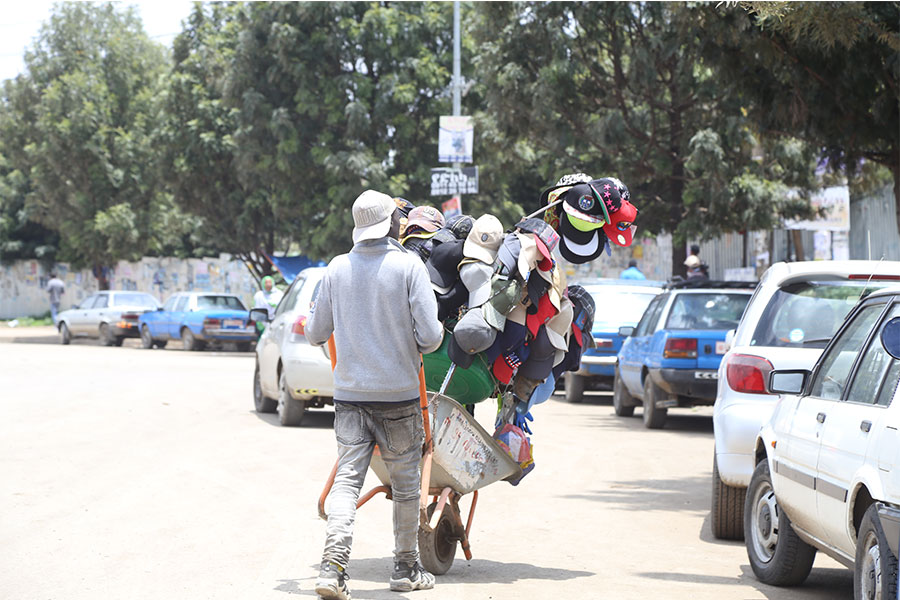
View From Arada | Dec 25,2018
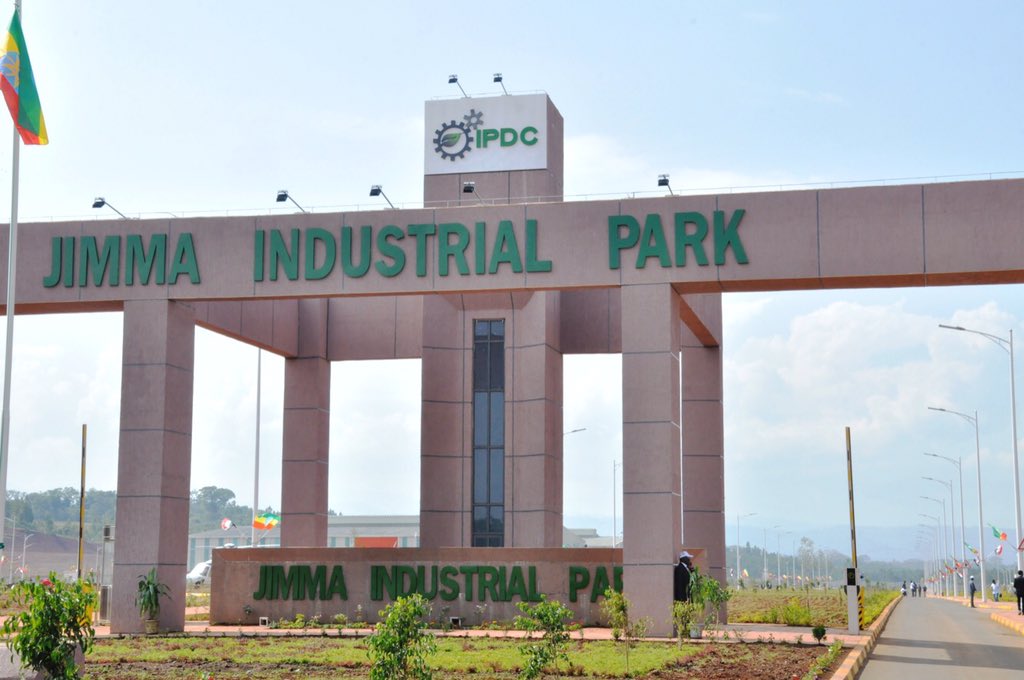
Fortune News | Jun 01,2019
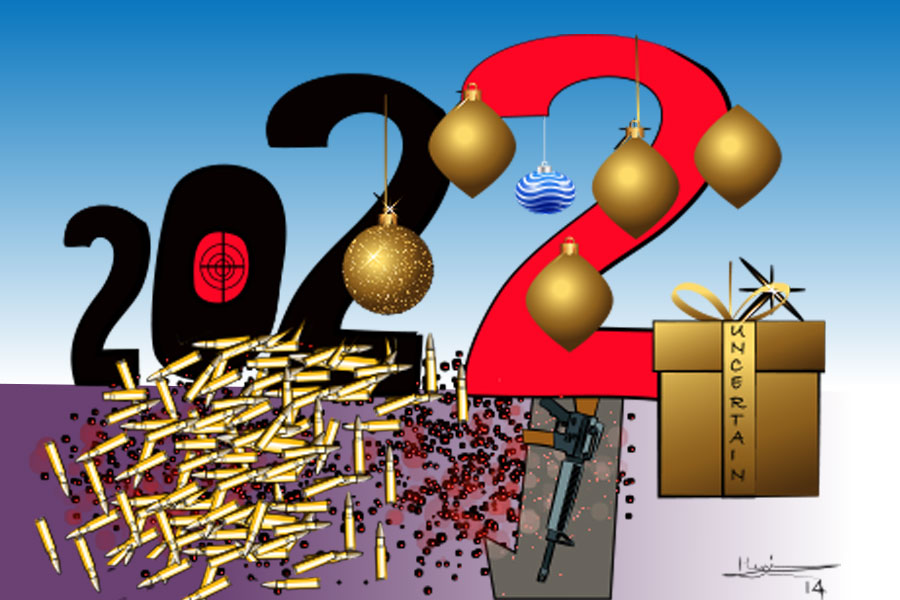
Editorial | Jan 01,2022

Viewpoints | May 14,2022

Advertorials | Apr 10,2023

Radar | Aug 12,2023

Photo Gallery | 170416 Views | May 06,2019

Photo Gallery | 160653 Views | Apr 26,2019

Photo Gallery | 150292 Views | Oct 06,2021

My Opinion | 136248 Views | Aug 14,2021


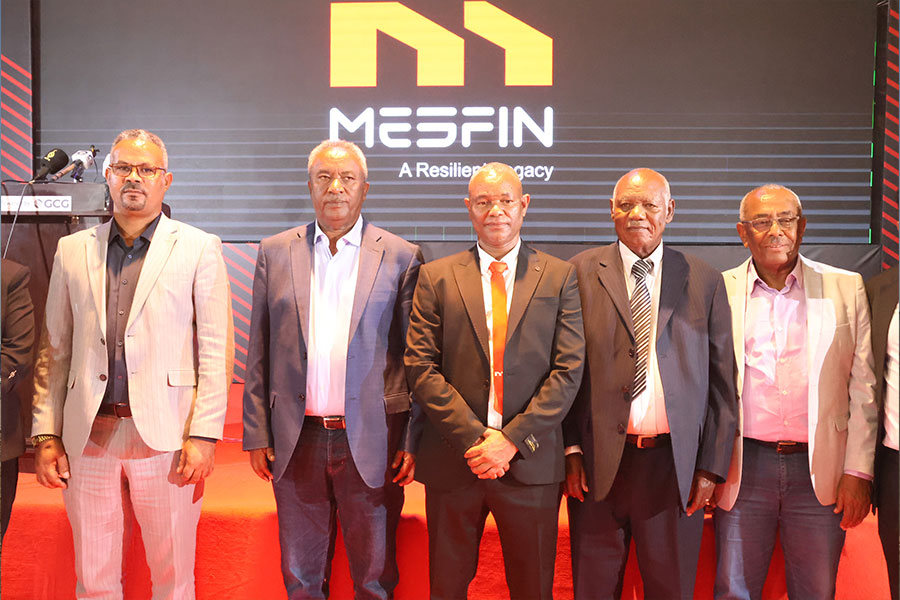
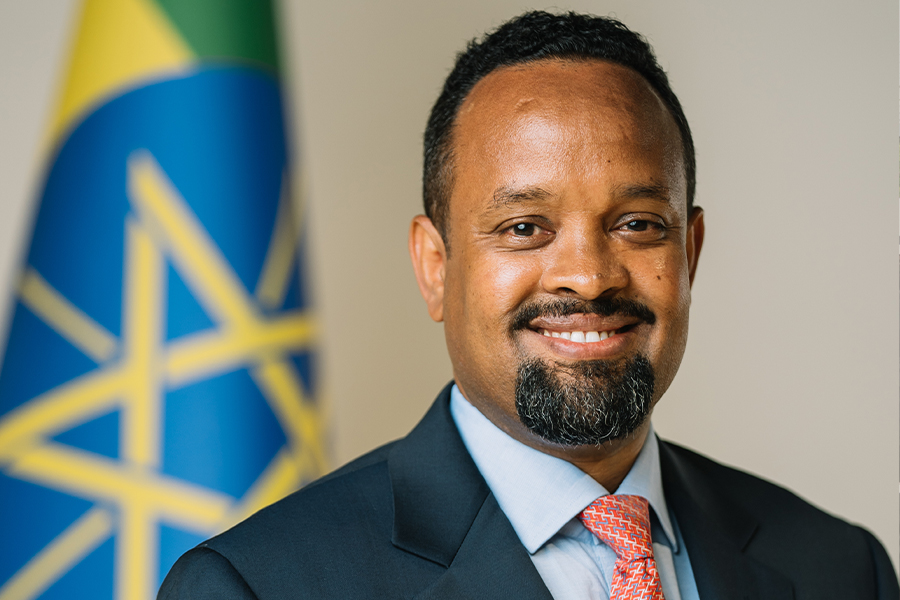

Dec 22 , 2024 . By TIZITA SHEWAFERAW
Charged with transforming colossal state-owned enterprises into modern and competitiv...

Aug 18 , 2024 . By AKSAH ITALO
Although predictable Yonas Zerihun's job in the ride-hailing service is not immune to...

Jul 28 , 2024 . By TIZITA SHEWAFERAW
Unhabitual, perhaps too many, Samuel Gebreyohannes, 38, used to occasionally enjoy a couple of beers at breakfast. However, he recently swit...

Jul 13 , 2024 . By AKSAH ITALO
Investors who rely on tractors, trucks, and field vehicles for commuting, transporting commodities, and f...

Oct 4 , 2025
Eyob Tekalegn (PhD) had been in the Governor's chair for only weeks when, on Septembe...

Sep 27 , 2025
Four years into an experiment with “shock therapy” in education, the national moo...

Sep 20 , 2025
Getachew Reda's return to the national stage was always going to stir attention. Once...

Sep 13 , 2025
At its launch in Nairobi two years ago, the Africa Climate Summit was billed as the f...

Oct 5 , 2025 . By NAHOM AYELE
In Meqelle, a name long associated with industrial grit and regional pride is undergo...

Oct 5 , 2025 . By BEZAWIT HULUAGER
The federal government is set to roll out a new "motor vehicle circulation tax" in th...
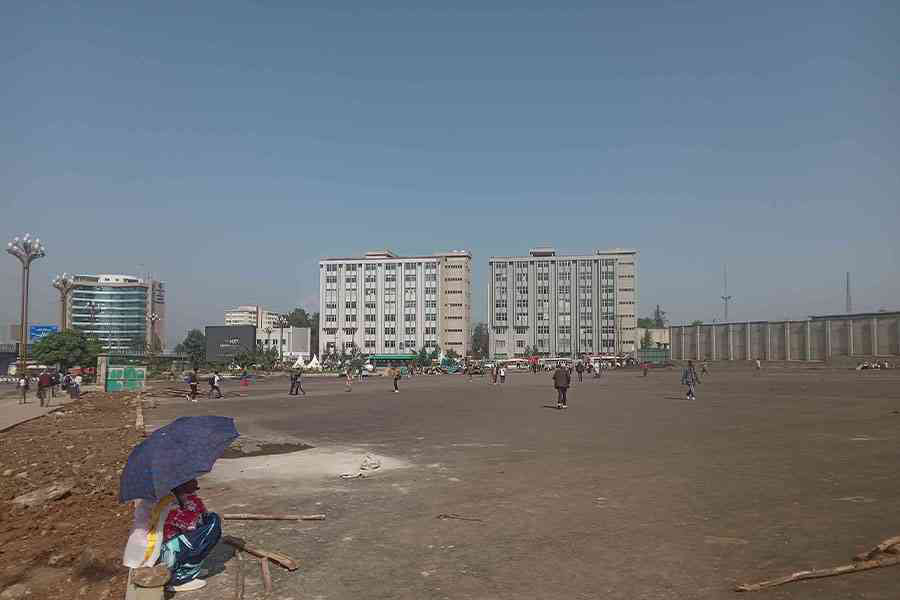
Oct 5 , 2025 . By NAHOM AYELE
The Bank of Abyssinia is wrestling with the loss of a prime plot of land once leased...

Oct 5 , 2025 . By BEZAWIT HULUAGER
The Customs Commission has introduced new tariffs on a wide range of imported goods i...